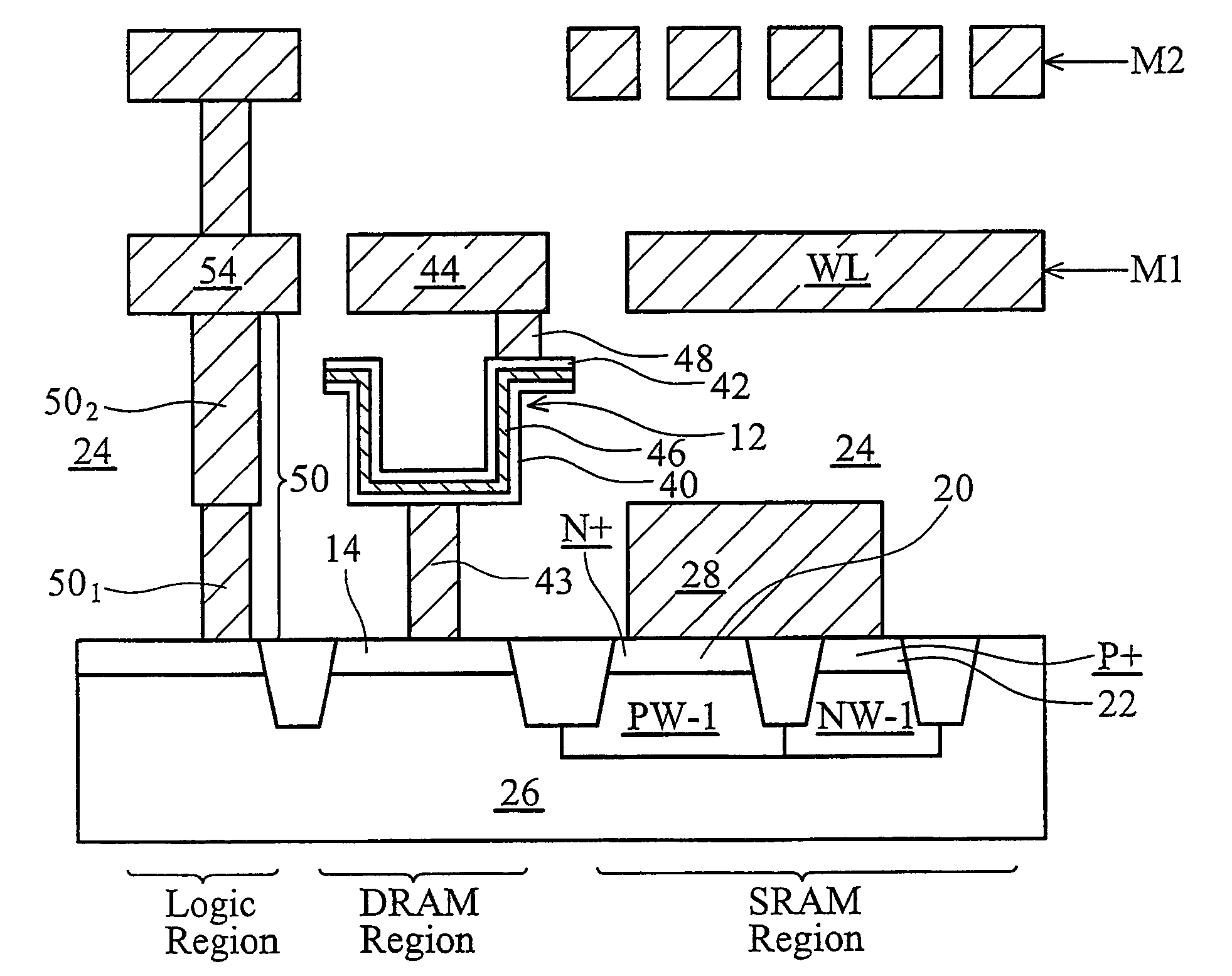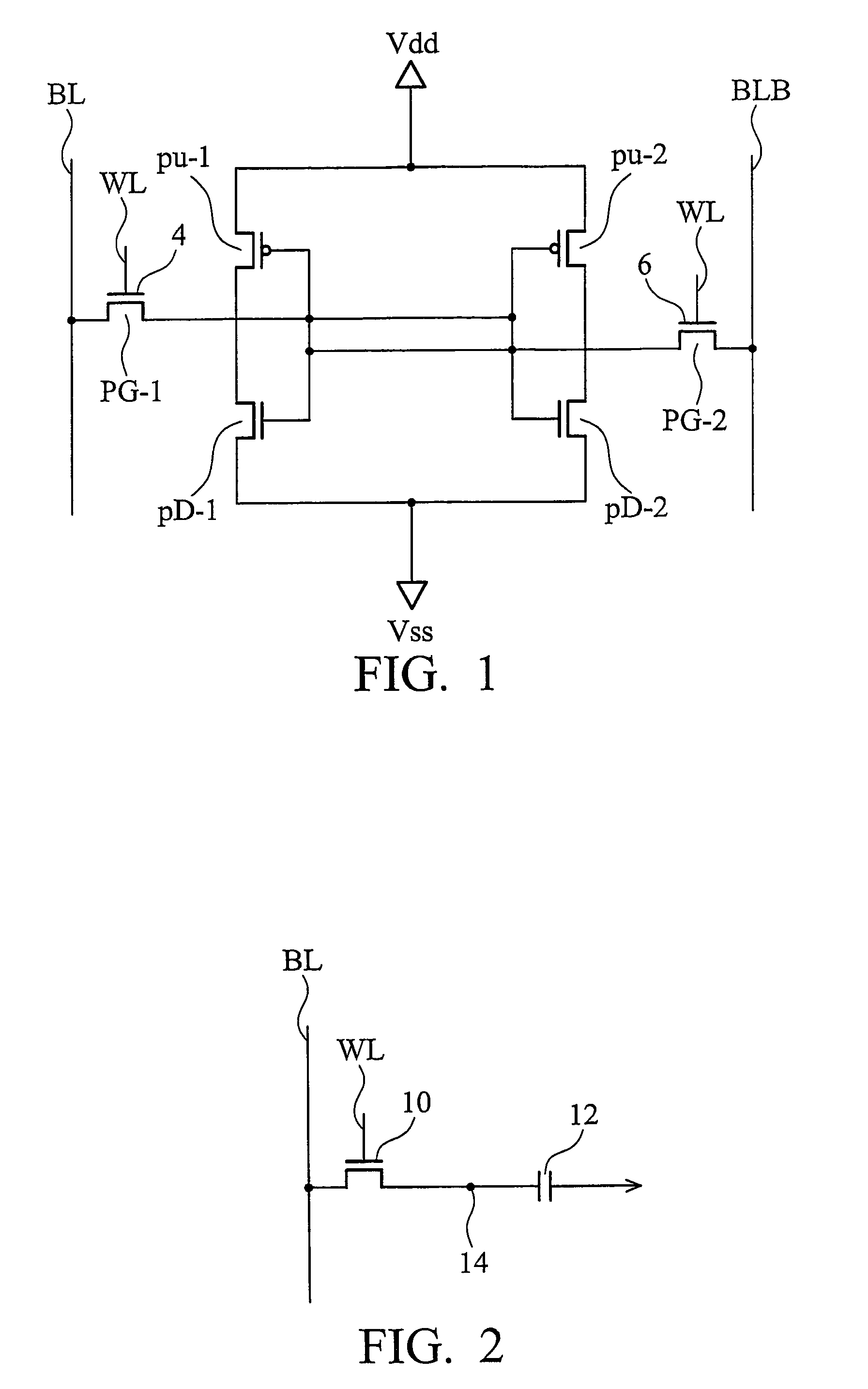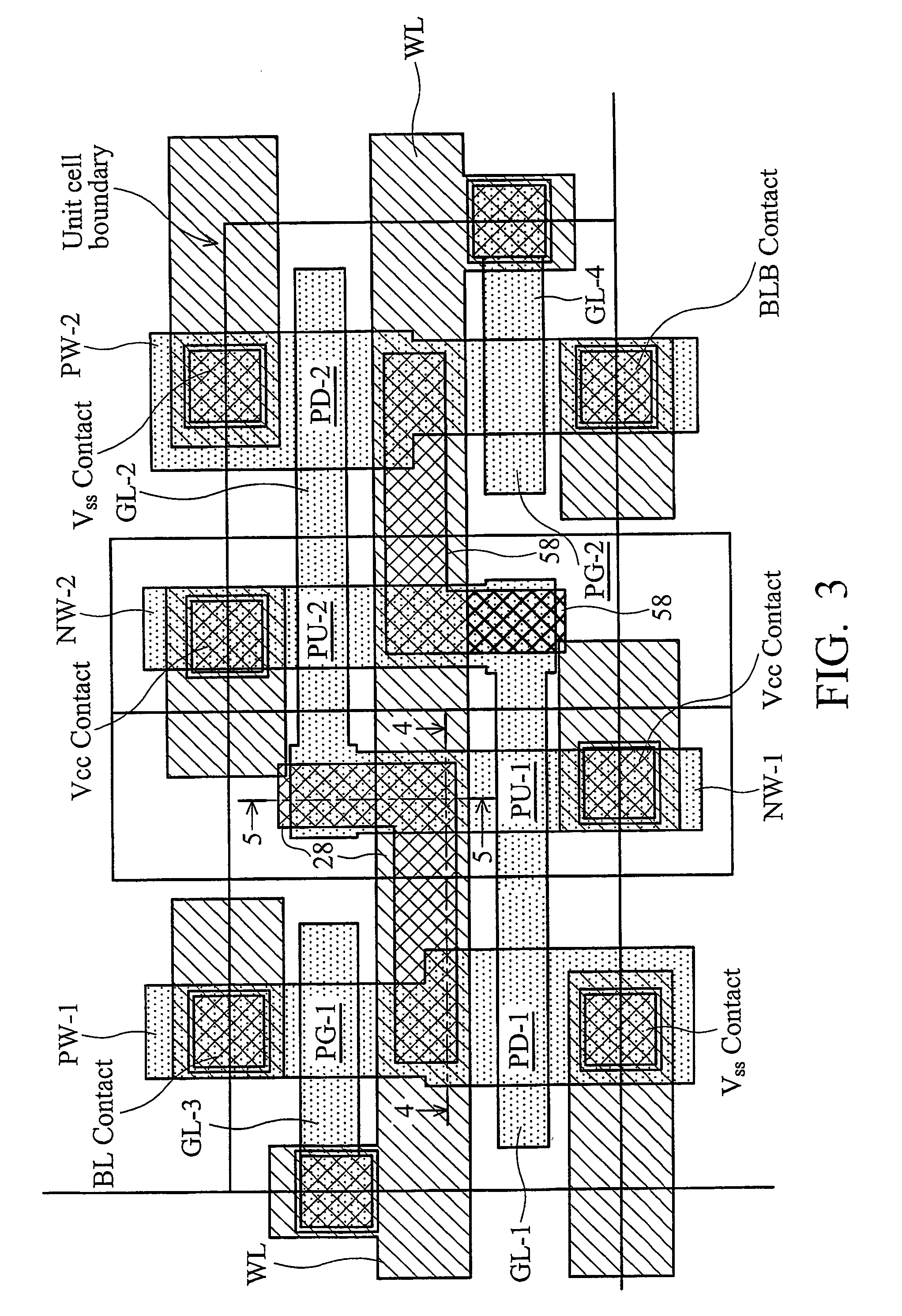Memory formation with reduced metallization layers
a technology of metallization layer and memory, which is applied in the field of memory layout design and manufacturing methods, can solve the problems of high parasitic capacitance, high parasitic capacitance, and the drawbacks of conventional memory chip formation, and achieve the effects of reducing rc delay, reducing metallization layer, and reducing parasitic capacitan
- Summary
- Abstract
- Description
- Claims
- Application Information
AI Technical Summary
Benefits of technology
Problems solved by technology
Method used
Image
Examples
Embodiment Construction
[0017]The making and using of the presently preferred embodiments are discussed in detail below. It should be appreciated, however, that the present invention provides many applicable inventive concepts that can be embodied in a wide variety of specific contexts. The specific embodiments discussed are merely illustrative of specific ways to make and use the invention, and do not limit the scope of the invention.
[0018]In the preferred embodiment, static random access memory (SRAM) cells and one-transistor (1T) dynamic random access memory (DRAM) cells are integrated on one chip. A chip thus includes at least a logic region for forming a logic circuit (such as a CPU, digital signal processing (DSP) unit, and the like), an SRAM region for forming an SRAM cell, and a DRAM region for forming a DRAM cell. For illustration purposes, throughout the description, a six-transistor (6T) SRAM cell and a 1T DRAM cell are discussed. It should be appreciated, however, that the teaching provided by ...
PUM
 Login to View More
Login to View More Abstract
Description
Claims
Application Information
 Login to View More
Login to View More - R&D
- Intellectual Property
- Life Sciences
- Materials
- Tech Scout
- Unparalleled Data Quality
- Higher Quality Content
- 60% Fewer Hallucinations
Browse by: Latest US Patents, China's latest patents, Technical Efficacy Thesaurus, Application Domain, Technology Topic, Popular Technical Reports.
© 2025 PatSnap. All rights reserved.Legal|Privacy policy|Modern Slavery Act Transparency Statement|Sitemap|About US| Contact US: help@patsnap.com



